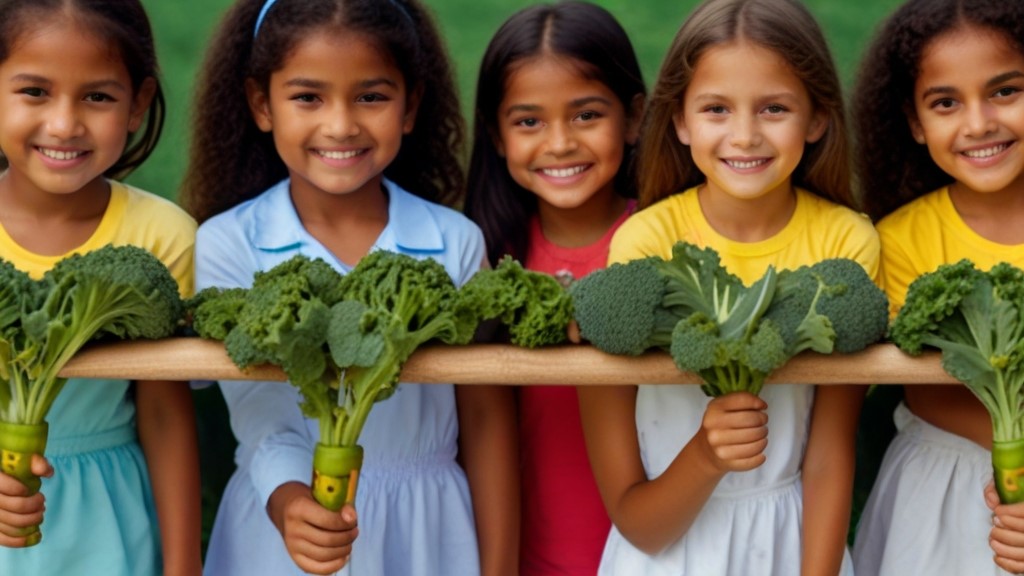Growth, development, and general wellness are all dependent on nutrition, which is essential at every stage of life. At different stages of our lives, we need specific food requirements. Eating fruits, vegetables, grains, legumes, dairy goods, and low-fat meats can help in fulfill these basic requirements. There are basically seven types of nutrients: water, minerals, vitamins, fiber, protein, fat, and carbohydrates. Each component is necessary for the body to function properly. To encourage maximum well-being and prevent nutritional deficiencies, it is necessary to understand the specific dietary requirements of various age groups
Infants to 3 years

Up to the age of six months, breast milk usually gives a baby all the nutrition, liquids, and energy they require. It is recommended to feed infants milk until they are six months old. Compared to adults, babies require more water and 100 calories per kilogram of body weight every day. Older babies (7–12 months) require 1.2 grams of protein daily per kilogram of body weight. Infants should begin receiving supplemental feedings at six months of age, beginning with iron-rich meals such as pureed fruits and vegetables, iron-fortified cereals, and tiny amounts of meat or meat substitutes. Breastfeeding should continue for as long as the mother and child require, or until the baby is twelve months old.
- Introduce every food separately at a time. Give new foods approximately every three to four days to ensure optimal dietary sensitivity and eliminate confusion.
- Stay away from completely nuts, seeds, and similar hard foods to lower the chance of choking.
- In diet of your baby ought not to have any honey, sugar, or salt in it. It’s not necessary.
| Calories | 1,000 to 1,400 (depending on the rate of growth and activity) |
| Protein | 2 to 4 ounces |
| Fruits | 1 to 1.5 cups |
| Vegetables | 1 to 1.5 cups |
| Grains | 3 to 5 ounces |
| Dairy | 2 to 2.5 cups |
Age 4 to 5 years

Provide a diverse range of foods that contain nutrients that help in the ongoing growth and development of primaryschoolers. Encourage them to consume dairy items, whole grains, low-fat meats, fruits, and vegetables.
- Most kids would have settled into table-eating habits and appropriate mealtimes by the time they were 4 or 5 years old. They usually pick up the habit of eating whatever is offering by the other family members. It’s important to stay away from processed, fatty, and sugary foods and beverages right now. Here also sugar, salt and honey is not essential.
| Calories | 1,000 to 1,600 (depending on the rate of growth and activity) |
| Protein | 2 to 5 ounces |
| Fruits | 1 to 1.5 cups |
| Vegetables | 1 to 2 cups |
| Grains | 3 to 5 ounces |
| Dairy | 2 to 2.5 cups |
Age 6 to 9 years

Encourage kids to bring nutrient-dense lunches to school and to eat breakfast on a daily basis. Continue to emphasize the value of balanced meals that include a wide range of nutritious items from all food categories. Ensure that they drink enough water and don’t indulge excessively in sugar-filled drinks during the day. Encourage them to eat more whole-grain breads, cereals, fruits, vegetables, seeds, and nuts in addition to fibrous food.
- ensure regular physical activity or children’s yoga is a part of their daily routine.
- Avoid salt and dietary fats.
- Make sure you include foods high in calcium and iron in your diet.
Nutrients for girls
| Calories | 1,000 to 1,400 (depending on the rate of growth and activity) |
| Protein | 3 to 5 ounces |
| Fruits | 1 to 1.5 cups |
| Vegetables | 1.5 to 2.5 cups |
| Grains | 4 to 6 ounces |
| Dairy | 2 to 2.5 cups |
Nutrients for boys
| Calories | 1,200 to 2,000 (depending on the rate of growth and activity) |
| Protein | 3 to 5.5 ounces |
| Fruits | 1 to 2 cups |
| Vegetables | 1.5 to 2.5 cups |
| Grains | 4 to 6 ounces |
| Dairy | 2 to 2.5 cups |
Age 10 to 12 years

Children need a huge amount of nutrients and calories during a growth surge in adolescence. Nutrient-rich foods containing whole grains, legumes, nuts, vegetables, seafood, and lean meats should be in the proportion between takeaway and fast meals. Drinking low-fat dairy goods such as milk, yoghurt, and cheese is essential for the absorption of calcium, especially for developing bones. Cheese with less salt is in recommendation.
Nutrients for boys
| Calories | 1,600 to 2,600 (depending on the rate of growth and activity) |
| Protein | 5 to 6.5 ounces |
| Fruits | 1.5 to 2 cups |
| Vegetables | 2 to 3.5 cups |
| Grains | 5 to 9 ounces |
| Dairy | 3 cups |
Nutrients for girls
| Calories | 1,800 to 2,400 (depending on the rate of growth and activity) |
| Protein | 5 to 6.5 ounces |
| Fruits | 1.5 to 2 cups |
| Vegetables | 2.5 to3 cups |
| Grains | 6 to 8 ounces |
| Dairy | 3 cups |
(Tables are resourced fromMayo Clinic Staff)




Leave a Reply